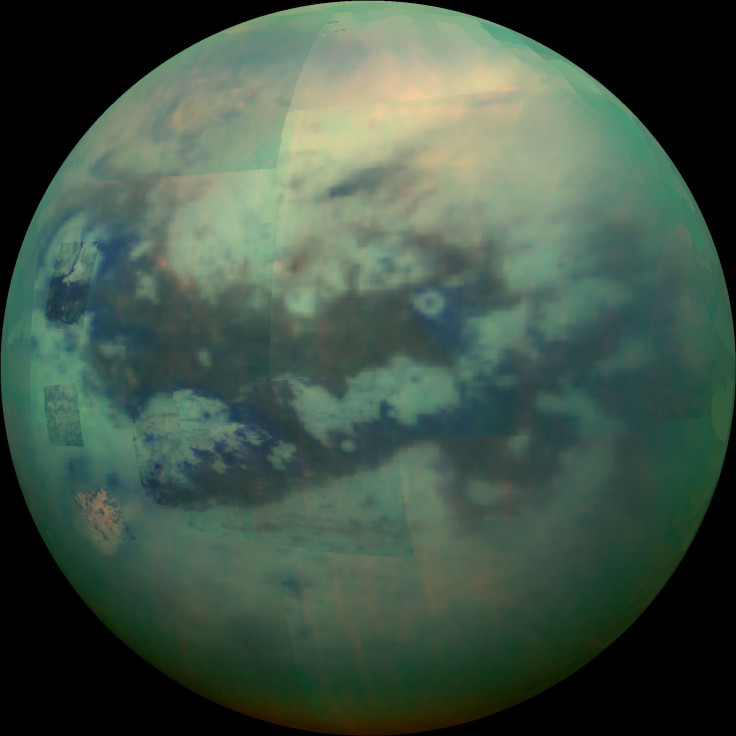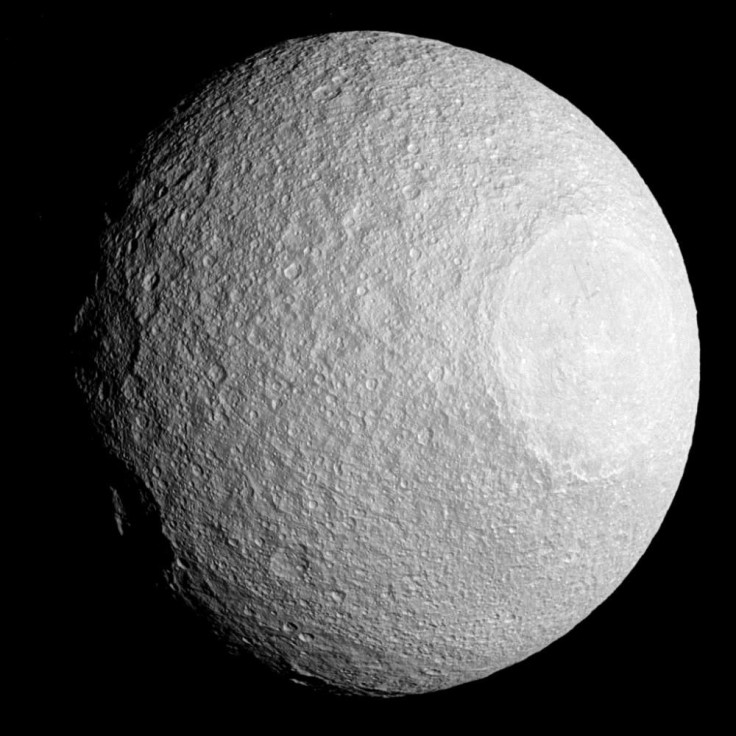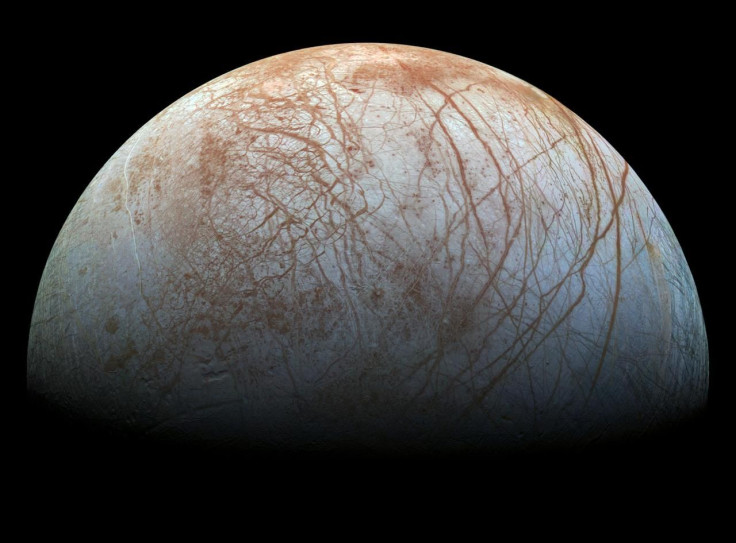5 Photos Of Moons And Planets That Might Have Ice In Our Solar System

Space holds plenty of secrets and researchers and astronomers have only been able to study a fraction of it. While they know it holds the ingredients that are key to supporting life, there's no telling where those ingredients might be found next.
There are a few places though where researchers already know ice exists. Some of the planets and their moons in the Milky Way Galaxy are covered in ice, but it's not always frozen water, it can also be frozen elements like methane or nitrogen. Earth's plentiful oceans and freshwater lakes and rivers are rare, but those features might have been a thing of the past for other planets.
Saturn's moons, Titan and Tethys

The Cassini spacecraft sent plenty of valuable information back to Earth while it was out exploring in the great beyond, including information that suggests there might be ice on Saturn's moon, Titan. Scientists believe that the deserts on the planet might actually be made of solid water that is covered by the hydrocarbons in the moon's atmosphere, according to NASA. Researchers also believe there is a "toxic hybrid ice" in the atmosphere of the planet.

Another one of Saturn's moons, Tethys, has ice as well. In fact, researchers believe the moon is made almost entirely of ice, and a bit of rock, because the planet has the density of about .97 times that of liquid water, according to NASA. The moon is also highly reflective, a feature of water ice, and it has many craters.
Neptune's moon, Triton

Triton is Neptune's largest satellite and is one of the few bodies in the Solar System to have an atmosphere mainly made of nitrogen, according to NASA. It's so cold on the moon though that the nitrogen there condenses and turns into ice and frost. The south polar cap that appears to have a pink tint to it is likely methane ice, according to NASA. And the darker streaks in that same area are likely icy dust left over from plumes on the moon.
Jupiter's moon, Europa

Jupiter's moon Europa has an icy crust that makes for beautiful photos. The ice has broken in the past and refrozen making the patterns in it. The different colors are due to the type of matter in that area of the moon. The spots that are bluer on the satellite are likely mostly water ice, while the more red or brown parts include non-ice components, according to NASA.
Mars
This photo of Mars taken by the Mars Global Surveyor shows water ice above the volcanoes on the planet. Researchers believe Mars could have quite a bit of water. Researchers who work on the data the Mars Reconnaissance Orbiter has sent back to Earth believe that under a certain region of Mars there could be as much water as the Great Lakes on Earth have.
© Copyright IBTimes 2024. All rights reserved.











